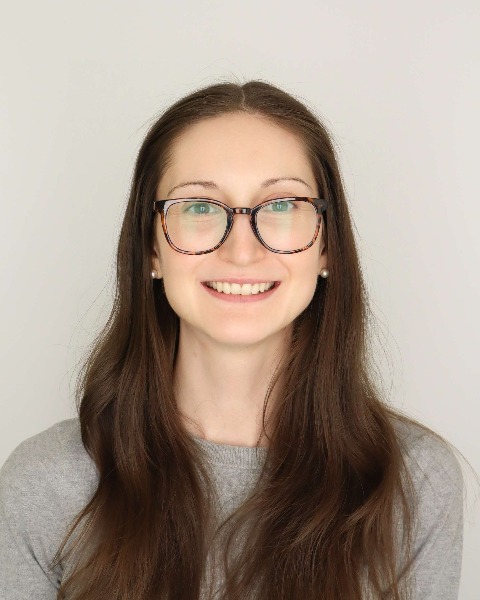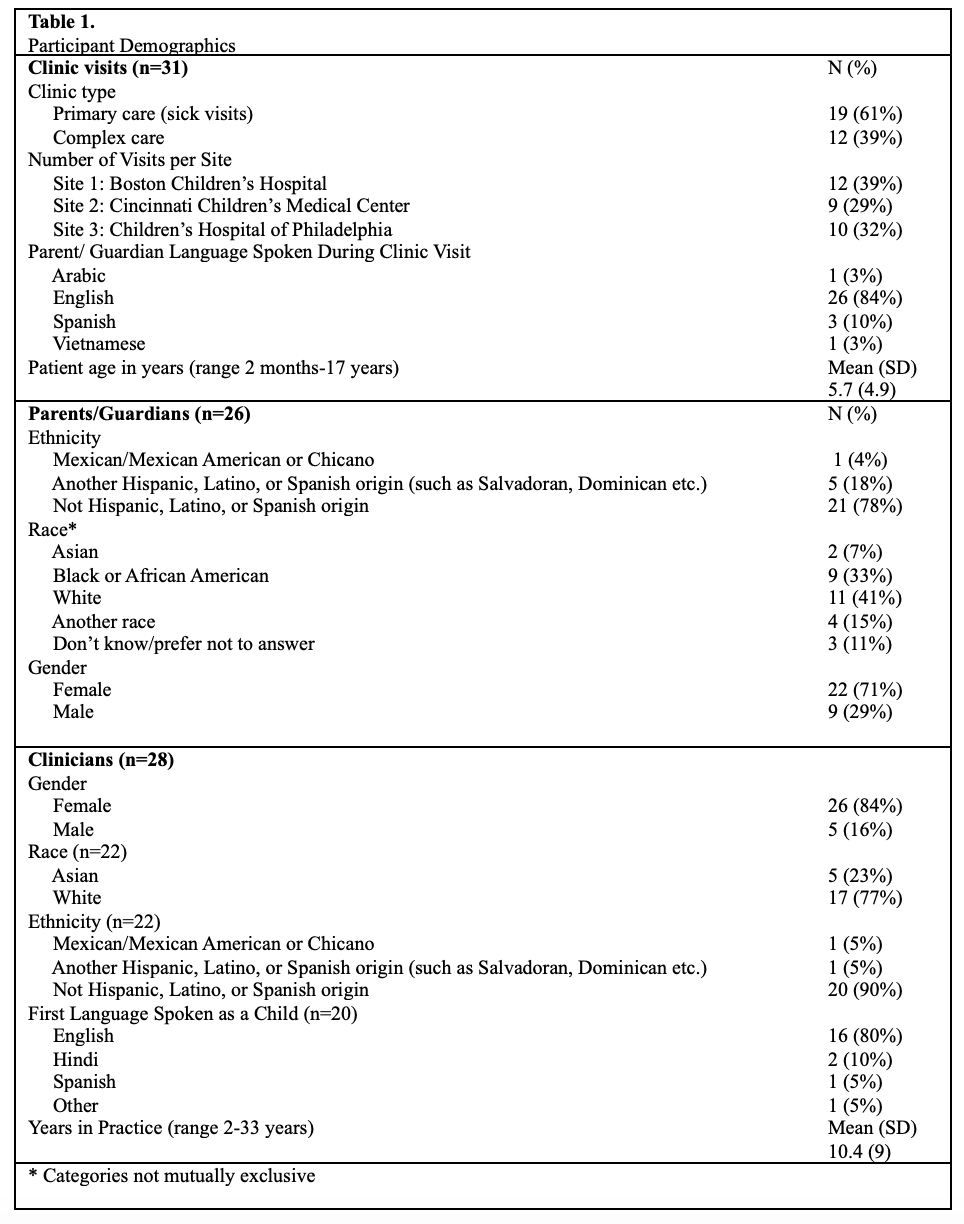Children with Chronic Conditions 4
Session: Children with Chronic Conditions 4
471 - An Ethnographic Exploration of Diagnosis in Children with Medical Complexity in Primary and Complex Care Visits
Monday, April 28, 2025
7:00am - 9:15am HST
Publication Number: 471.3698
Katherine Melton, Boston Children's Hospital, Boston, MA, United States; Christina L. Cifra, Boston Children's Hospital, Boston, MA, United States; Kimberly J. Asitimbay, Boston Children's Hospital, Cambridge, MA, United States; Samira Ahmed, Boston Children's Hospital, Boston, MA, United States; Alexander Fidel, Children's Hospital of Philadelphia, Brooklyn, NY, United States; Ruby Hyland-Brown, Cincinnati Children's Hospital Medical Center, Cincinnati, OH, United States; Brynn Telenko, Boston Children's Hospital, Boston, MA, United States; Ellen Lipstein, Cincinnati Children's Hospital Medical Center, Cincinnati, OH, United States; Ken Catchpole, Medical University of South Carolina College of Medicine, Charleston, SC, United States; Alyna (LN. Chien, Boston Children's Hospital / Harvard Medical Schoo, Boston, MA, United States; Alisa Khan, Boston Children's Hospital, Boston, MA, United States; Patrick W. Brady, Cincinnati Children's Hospital, Cincinnati, OH, United States; Trisha L. Marshall, Cincinnati Children's Hospital Medical Center, Cincinnato, OH, United States; Irit R. Rasooly, Childrens Hospital of Philadelphia, Philadelphia, PA, United States; Christopher Landrigan, Boston Children's Hospital, Boston, MA, United States; Kathleen E. Walsh, Boston Children's Hospital, Boston, MA, United States

Katherine Melton, PhD, BSN (she/her/hers)
Research Fellow
Boston Children's Hospital
Boston, Massachusetts, United States
Presenting Author(s)
Background: Diagnostic errors are common and harmful across clinical settings. However, the diagnostic process for children with medical complexity in ambulatory pediatrics has not been well characterized.
Objective: To describe drivers of diagnostic excellence in pediatric primary and complex care clinics, in order to identify opportunities for improvement.
Design/Methods: We performed focused ethnography (direct observation and semi-structured interviews) of problem-focused visits for children with medical complexity in general primary care and complex care clinics at 3 academic pediatric healthcare systems. We purposively sampled by race and language. A trained research assistant (RA) directly observed and when possible audio-recorded in-person interactions between the patient/family and their outpatient clinical team. Within two weeks, the clinician and a parent/guardian were each interviewed about communication and visit quality. Interviews were audio-recorded, transcribed, and coded by 2 RAs who were guided by a deductive codebook. Coding discrepancies were resolved during consensus meetings; additions were mediated by qualitative research and diagnostic excellence experts.
Results: Three drivers of diagnostic excellence were identified from thematic analysis of the initial 31 observations and corresponding parent/guardian (n=26) and clinician interviews (n=28). (1) Collaborative Communication describes the importance of open communication amongst interdisciplinary clinicians and between clinicians, patients and families, highlighting the important contributions patients and families as members of the diagnostic team. (2) Environment of Care describes the influence of external factors like frequent distractions, time constraints, or physical space limitations on communication and the diagnostic process. (3) Diagnosis in Context describes how a family’s background, language, social determinants of health, and previous encounters with the healthcare system influence the diagnostic process and their experience seeking care for their child.
Conclusion(s): Communication was identified as a key driver of diagnostic excellence, which was influenced by the care environment and a family’s background and social determinants of health as well as their prior encounters with healthcare. Interventions to improve pediatric diagnosis will thus need to adapt to the environment of care and unique patient/ family factors in order to support effective communication between clinicians, patients and families.
Table 1: Participant Demographics

Table2: Exemplar Quotes
.png)

